Spice It Up: A Global Guide to Cajun Chicken Rub and More
Table of Contents
Introduction to Cajun Chicken Rub
If you're a fan of bold, spicy flavors, then cajun chicken rub is a must-have in your spice collection. Originating from the rich culinary traditions of Louisiana, this blend of spices brings a fiery kick to any dish. But what exactly makes it so special? Let's dive into the world of cajun chicken rub and explore its history, ingredients, and how to use it like a pro.
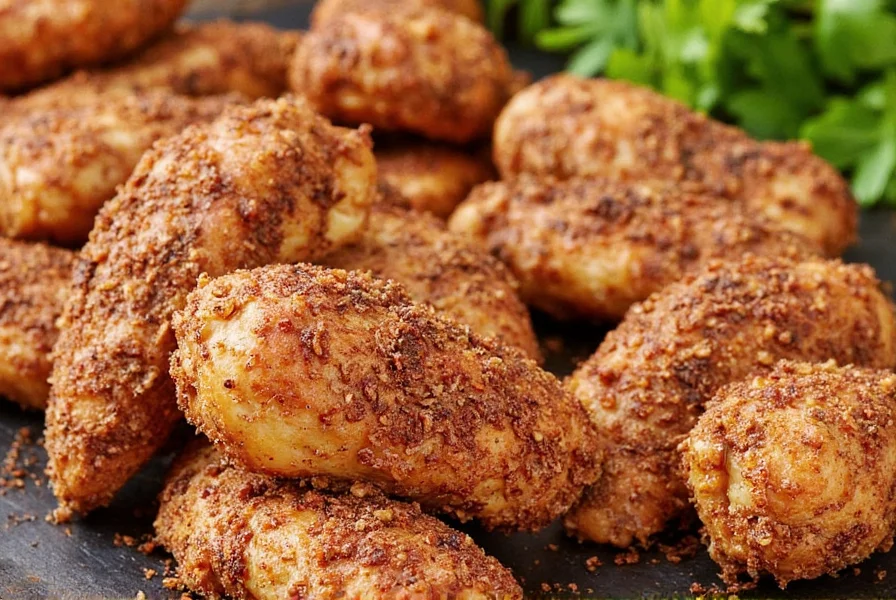
Global Spice Traditions
Spices have been an integral part of human culture for thousands of years, used not just for flavor but also for preservation, medicine, and even religious rituals. From the fragrant curries of India to the smoky paprika of Spain, each region has developed its own unique spice blends that reflect local ingredients and cooking styles.
Cajun chicken rub is no exception. While it's rooted in the Creole and French influences of Louisiana, it also incorporates elements from African, Spanish, and Native American cuisines. This fusion of flavors makes it a truly global spice tradition with a distinct personality.
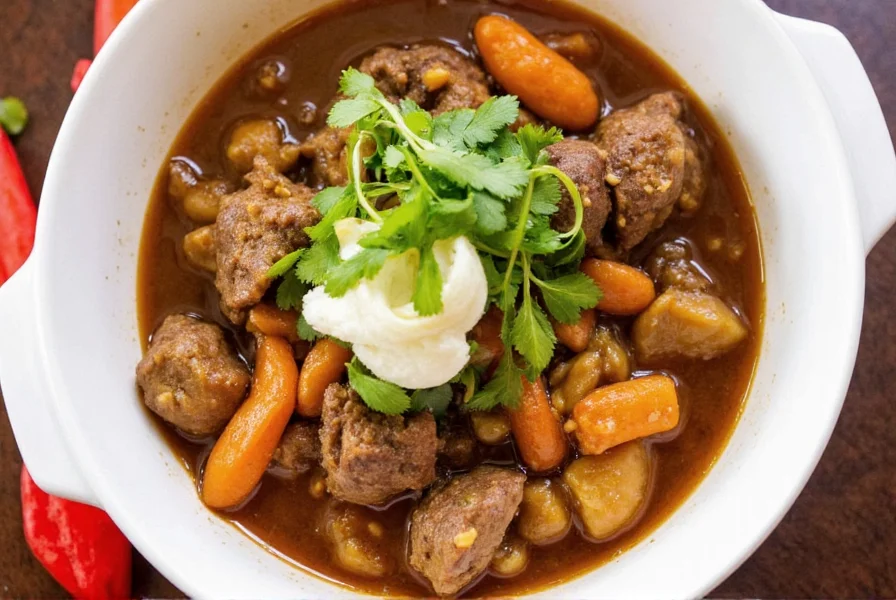
Essentials of a Great Cajun Chicken Rub
A good cajun chicken rub typically includes a mix of paprika, garlic powder, onion powder, cayenne pepper, black pepper, and sometimes thyme or oregano. The key is balance—too much heat, and it becomes overwhelming; too little, and it lacks character.
Here’s a quick breakdown of common ingredients:
- Paprika – Adds color and a slightly sweet, smoky flavor.
- Cayenne Pepper – Provides the signature heat.
- Garlic and Onion Powder – Enhance depth and savoriness.
- Black Pepper – Adds warmth and complexity.
- Herbs – Often include thyme, oregano, or even parsley for freshness.
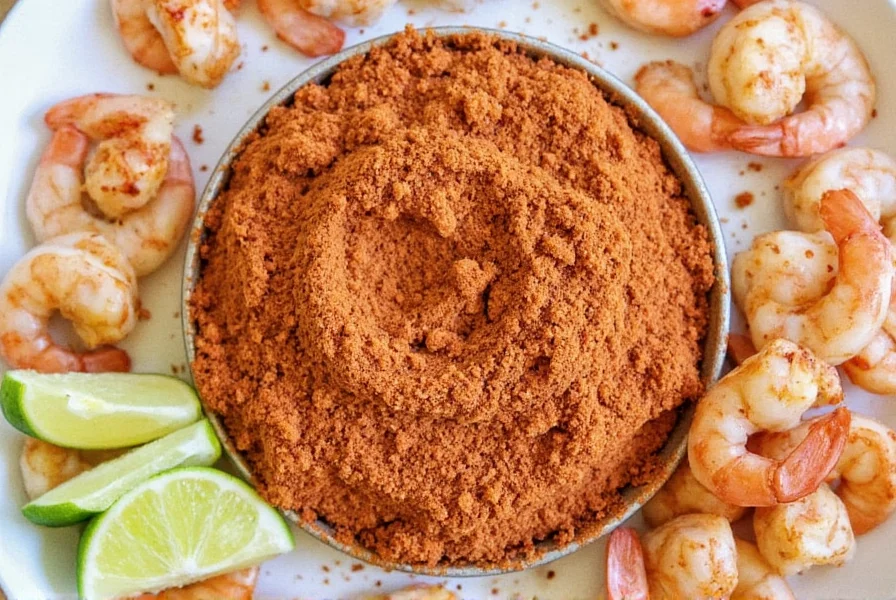
How to Use Cajun Chicken Rub
Using cajun chicken rub is simple, but there are a few tips to get the most out of it:
- Apply Generously – Make sure to coat the chicken thoroughly before cooking.
- Let It Rest – Allow the chicken to sit for at least 30 minutes before grilling or baking to let the flavors penetrate.
- Use on Other Proteins – Don’t limit yourself to chicken! Try it on shrimp, pork, or even vegetables.
- Experiment – Adjust the spice level to your taste by adding more cayenne or reducing the amount of black pepper.
Buying Guide for Cajun Chicken Rub
If you're looking to buy a quality cajun chicken rub, here are some top products to consider:
| Product | Features | Advantages | Use Cases | Target Audience | Suitable Occasions |
|---|---|---|---|---|---|
| McCormick Cajun Seasoning | Classic blend with paprika, garlic, and cayenne | Consistent quality and availability | Grilling, roasting, and seasoning meats | Home cooks and casual chefs | Weeknight dinners, barbecues |
| Walmart Brand Cajun Rub | Great value with a strong flavor profile | Cost-effective and flavorful | Seasoning poultry, seafood, and veggies | Budget-conscious cooks | Family meals, potlucks |
| Penzeys Spices Cajun Seasoning | Handcrafted with premium ingredients | More intense flavor and aroma | For gourmet dishes and special occasions | Chefs and spice enthusiasts | Parties, holiday meals |
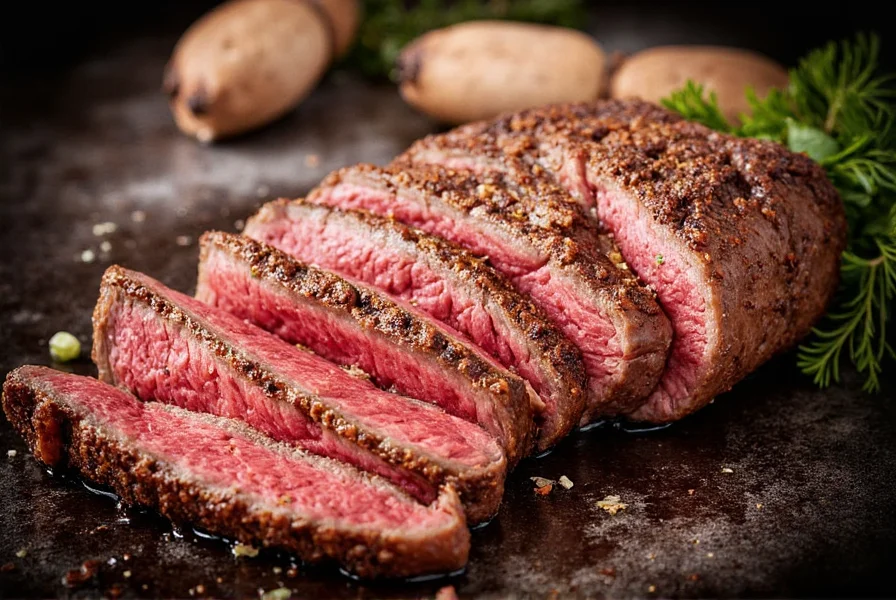
Tips and Tricks for Perfect Results
Whether you're a seasoned chef or just starting out, these tips will help you make the most of your cajun chicken rub:
- Make Your Own – Experiment with different spice ratios to create a custom blend that suits your taste.
- Marinate Longer – For deeper flavor, marinate the chicken in the rub overnight.
- Pair with Sauces – Serve with a creamy aioli or a tangy mustard to balance the heat.
- Try Different Cooking Methods – Grilled, baked, or smoked—each method brings out a different aspect of the rub.
- Don’t Be Afraid to Adjust – If it’s too hot, add a bit of sugar or honey to tone down the heat.
Conclusion
Cajun chicken rub is more than just a seasoning—it's a celebration of flavor, history, and cultural exchange. Whether you're using it on chicken, shrimp, or even grilled vegetables, it adds a bold, smoky kick that can elevate any dish. By understanding its origins, ingredients, and proper usage, you can bring the spirit of Louisiana right to your kitchen.
So why not give it a try? With a little practice, you’ll be creating mouthwatering dishes that are as delicious as they are aromatic. Remember, the best part of cooking is experimenting and finding what works for you. Happy cooking!
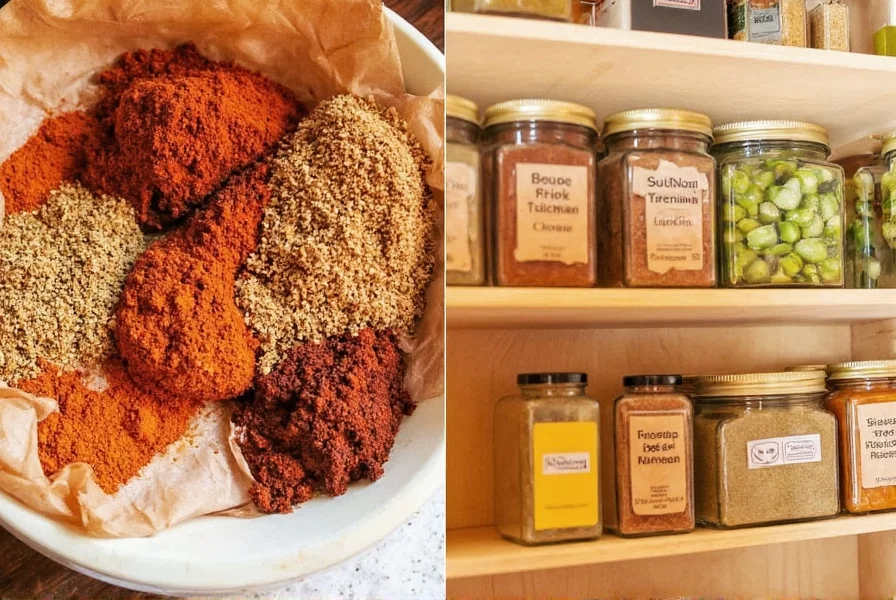

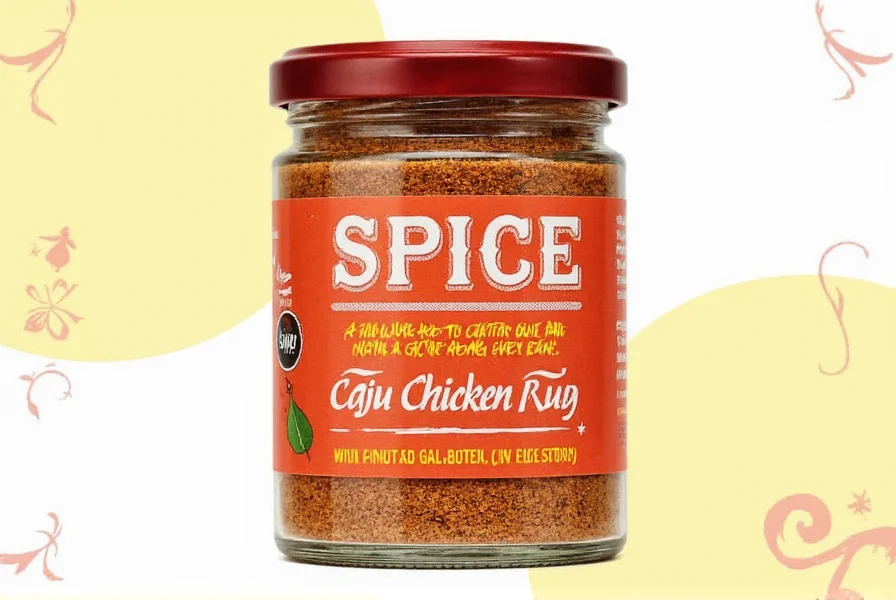









 浙公网安备
33010002000092号
浙公网安备
33010002000092号 浙B2-20120091-4
浙B2-20120091-4